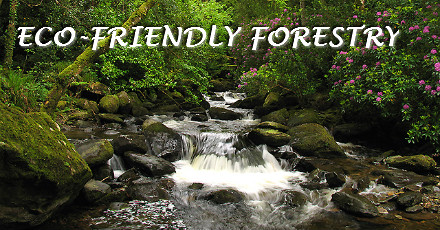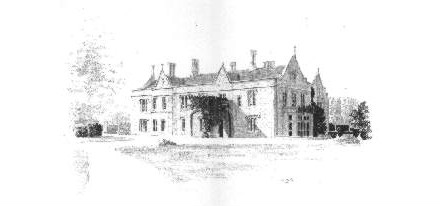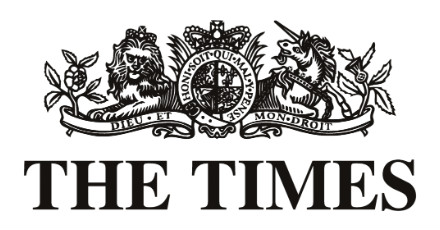“Turn over a New Leaf” by Stephen Milton
FORESTS ARE amongst the earth’s most complex ecological systems, whose dynamic processes and functions we do not yet fully understand. Each year, millions of acres around the world are destroyed. Ireland is no stranger to this environmental topic of concern. Until medieval times the country was heavily forested with oak, pine, beech and birch. However, logging and clear-cutting for industrial, residential and agriculture development has seen our tree cover reduced to just 10 per cent (1.2 million hectares) with most designated for commercial use.
Tiny pockets of native forest can be found scattered around the country, in particular in the Killarney National Park but with Ireland’s booming economy, the situation looks grave.
In comparison to the average of 36 per cent, Ireland is the least afforested country in the EU. Yet trees grow up to three times faster in Ireland than elsewhere in Europe, so the situation is still salvageable. Ireland’s C02 emissions per capita are among the highest in the world and we need to increase the level of forest cover dramatically to help counter the effects of increasing pollution emissions. Under the Kyoto Agreement, Ireland is committed to C02 emission levels of 8% above 1990 levels by 2012, or just under 54 million tons of gases. At present, Ireland has already exceeded its agreed emission levels.
Forests are internationally recognised as a major factor in the capture and storage of carbon dioxide. In response, a series of government aided and independent initiatives has been implemented to reverse this ecological catastrophe. This witnessed Ireland’s growing commitment to ecoforestry methods.
With emphasis placed on holistic practices, ecoforestry strives to protect and restore natural environments rather than maximize economic productivity and reject practices like clear-cutting, high grading, and pesticides.
Ecoforestry is considered by some to be a traditional practice, whereby people tend to an area of forest, helping it to grow sustainably over many years. The techniques involved promote self-regulating forest ecosytems with a diversity of species and natural habitats in harmony with landscape, weather, soil, water flows, and animals living there.
As the world becomes more conscious of environmental issues consumers are increasingly seeking reassurance that the goods they purchase have been produced in an eco-friendly and sustainable fashion. Certification and eco-labeling have become an important means of giving that independent reassurance and Forest Certification is a way of assuring consumers that the timber or timber products they buy come from sustainable or well managed forests.
A number of organisations and initiatives have been established in Ireland to promote ecoforestry. Coillte was established in 1988 as a private limited company under the Forestry Act 1988 which set out its objectives and duties. The company is owned by the Minister for Finance and the Minister for Agriculture and Food.
The organisation owns over 445,000 hectares of land (approx.7% land cover in Ireland). Since 1989 Coillte has acquired 52,000 hectares and increased the estate by a further 12,000 hectares through the Farm Partnership Scheme and leases;
79% (352,000 ha) is forested, the remainder comprises areas such as open space, water roads. In addition to forests and lands that are managed commercially, the Group owns many thousands of hectares of native and other broadleaved woodlands, bogs, lakes, moors and other lands that have significant environmental value.
Coillte has been credited for making one of the biggest contributions to ecoforestry, significantly increasing the tree population. For more information contact www.coillte.ie
The Lisnavagh Timber Project has also contributed to eco-friendly forestry. Believing that there was a gap in the market for homegrown hardwood timber, William Bunbury believed that the Lisnavagh, a family run farm and stately home in Co. Carlow could fill that gap.
“Over the next couple of years, we began to become an established part of the small to medium scale homegrown hardwood market in Ireland – some would say that we are leading the field,” explains William. “Our annual sales have doubled or tripled each year since we began business.”
“In 2004, we expanded the operation by building a kiln, establishing a workshop and setting up a new office. We started dimensioning timber for customers and making items such as kitchen worktops, bookshelves and other joinery items.”
Currently, the project has been widely successful in producing eco-friendly forest material. For more information contact www.irishwoods.com
Irish ecoforestry may not be widely noted as a significant factor in reducing carbon emissions, but it can make a big difference. However, much more funding and research needs to be implemented in order for it to make a real difference.








